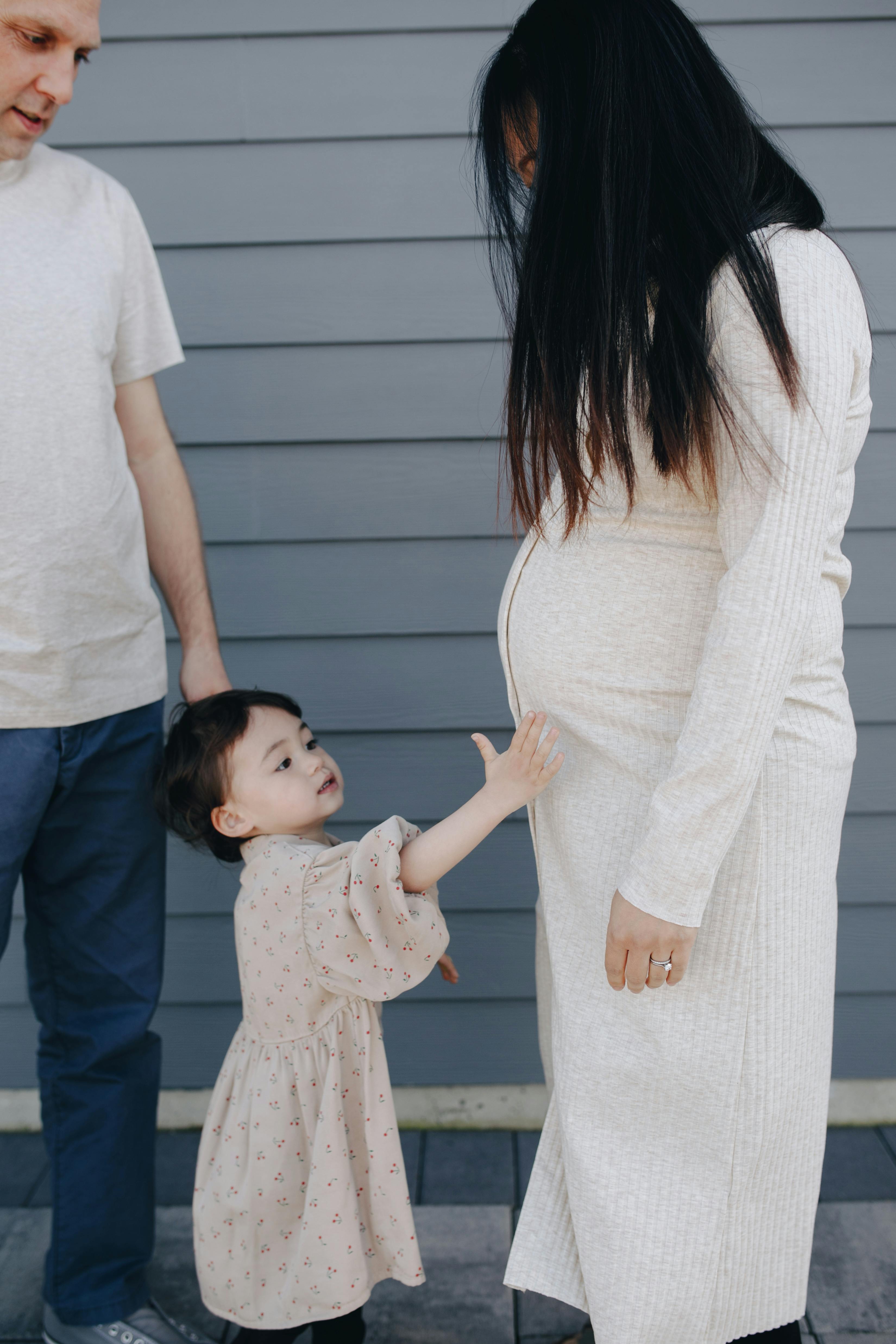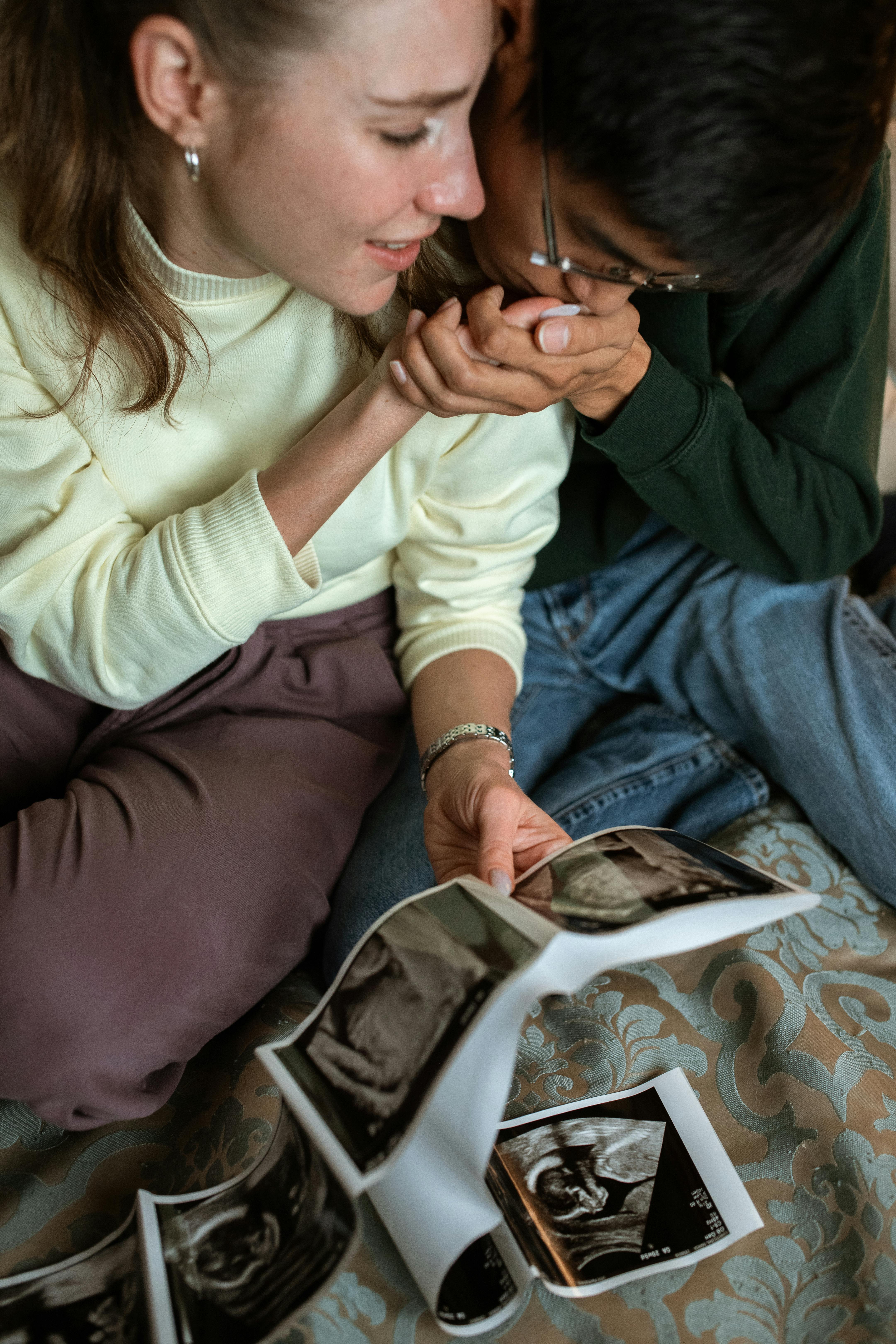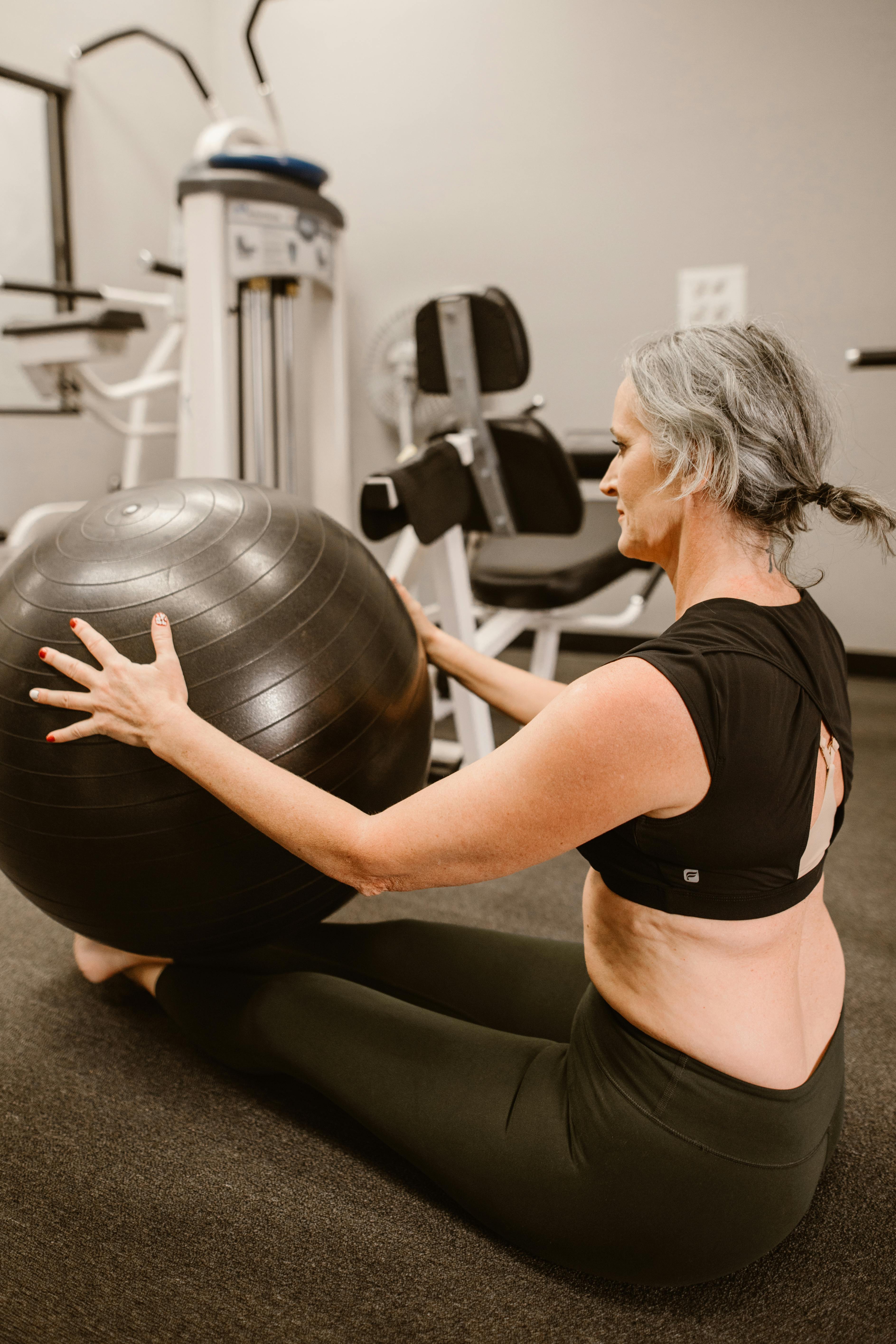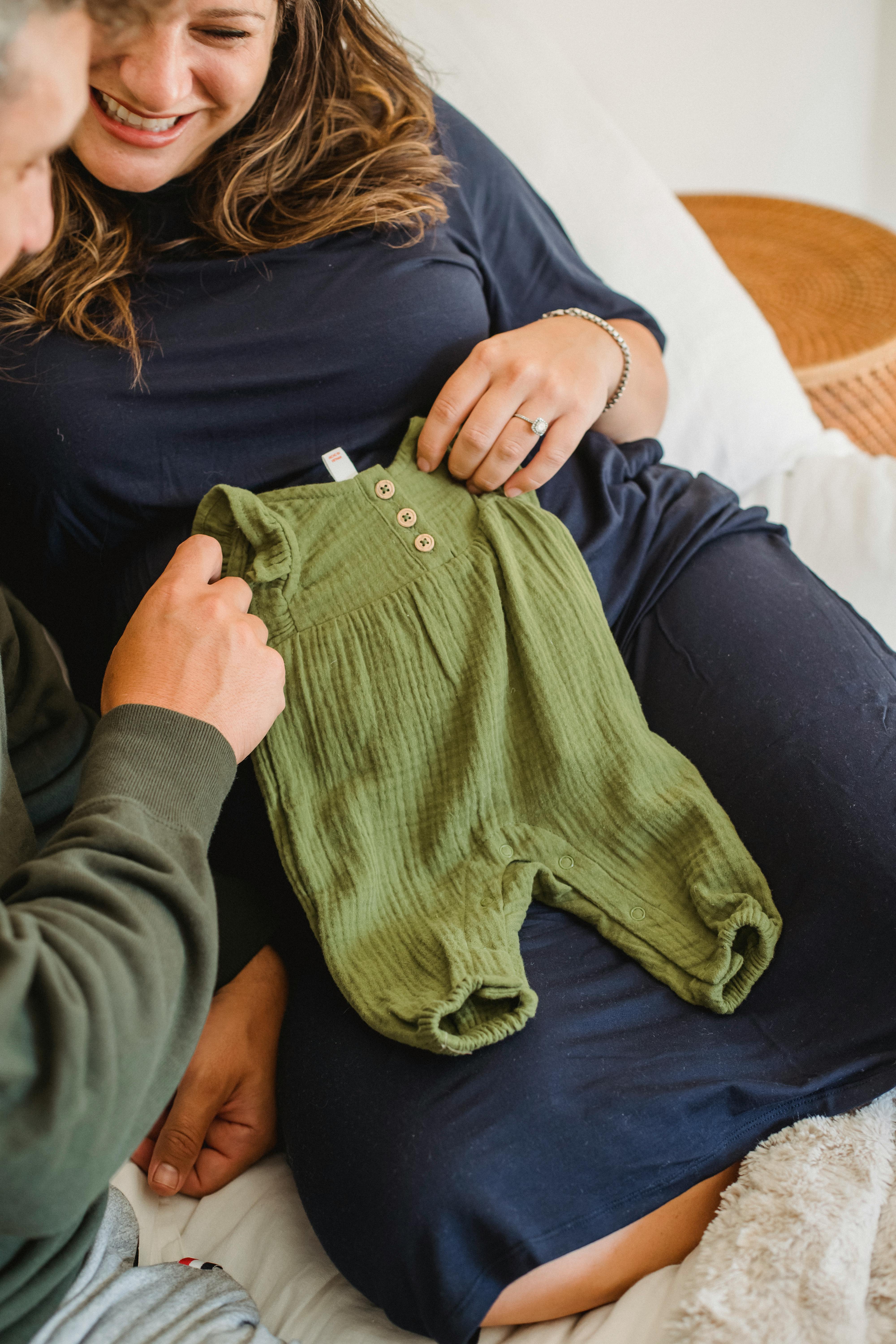Essential Safe Sleep Guidelines for Your Newborn: Minimizing the Risk of SIDS

Every new parent's paramount concern is ensuring the safety and wellness of their newborn. One relatively common fear is Sudden Infant Death Syndrome (SIDS), a condition where a baby unexpectedly dies during sleep without a clear reason. However, by understanding and adopting certain safe sleep guidelines, parents can significantly minimize the occurrence of SIDS. This article provides comprehensive information about the essential guidelines to ensure safe sleep for your newborn and decrease the risk of SIDS.
Understanding Sudden Infant Death Syndrome (SIDS)
SIDS, also known as cot death or crib death, reportedly occurs predominantly in infants aged between one month and one year. Reasonably so, the lack of precise information about what causes SIDS can be distressing for new parents. It's crucial to understand that SIDS instances are rare and the risk can be significantly mitigated by following some critical safe sleep practices.
Implement a Safe Sleep Environment
Let’s start with the sleep environment – it plays an essential role in ensuring a safe sleep for your little one. The American Academy of Pediatrics (AAP) recommends room-sharing with babies for at least the first six months or ideally, up to the first year. This not only provides convenience for breastfeeding mothers but also reduces the SIDS risk by as much as 50%. It’s important to note though that room-sharing means placing baby’s sleep area in the same room where you sleep, not bed-sharing.
The baby's sleeping area should be free of soft objects, loose bedding, or any items that may increase the risk of suffocation or strangulation such as blankets, pillows, stuffed animals, or crib bumpers. A firm sleep surface is recommended to reduce the risk of SIDS. A firm surface maintains its shape and will not indent or conform to the shape of the baby’s head when your baby is lying on it.
The Right Sleep Position and Routine
'R' in ABC stands for 'back to sleep for every sleep'. You might have heard about this campaign launched to educate parents about the importance of the position in which the baby sleeps. You should always place your baby on his or her back for all sleep times—naps and nighttime. The back sleep position is the safest position for all infants, including premature babies.
Avoid letting the baby get too warm during sleep—keep room temperature comfortable for a lightly clothed adult, around 68–72°F (20–22.2°C). Babies should also have a quite consistent sleep routine to signal to their bodies that it's time to sleep.
Breastfeeding: A Protective Factor Against SIDS
Breastfeeding extends myriad benefits to the baby and the mother, one of them being a protective factor against SIDS. Babies who are breastfed are at a lower risk of SIDS, the protection being extremely strong when breastfeeding is exclusive. However, it's essential to follow safe sleep guidelines every time you put your baby back to sleep after feeding.
Significance of Pacifiers and Regular Check-ups
The use of pacifiers during nap and bedtime has shown to provide a protective effect against SIDS. If you are breastfeeding your baby, it is better to wait until breastfeeding is firmly established. Regular check-ups and immunizations are equally important as they ensure that the baby is developing correctly and is healthy.
To conclude, the concern of SIDS is a real one for new parents. However, by understanding and practicing some effective safe sleep guidelines like creating a safe sleep environment, placing the baby back to sleep, breastfeeding, using pacifiers, and going for regular wellness visits, parents can significantly reduce the risk of SIDS and ensure peace of mind. It's important to remember that every child and situation is unique; therefore, parents should consult with their healthcare providers who can provide guidance based on their baby's specific needs.
These safe sleep guidelines will not only help in creating a safer sleep environment for your baby but also foster good sleep habits for a lifetime of healthy sleep. So, embrace these steps to ensure the sweetest dreams and safest sleep for your precious little one.





